Suntukan is the fist-related striking component of Filipino martial arts. (The term “suntukan” however is most commonly known in the Philippines to simply mean punching or boxing.) In the central Philippine island region of Visayas, it is known as Pangamot or Pakamot.
It is also known as Mano-mano and often referred to in Western martial arts circles of Inosanto lineage as Panantukan. Although it is also called Filipino Boxing, this article pertains to the Filipino martial art and should not be confused with the Western sport of boxing as practiced in the Philippines.
Etymology
The term suntukan comes from the Tagalog word for punch, suntok. It is the Filipino term for a fistfight or brawl and for fist fighting or boxing. Panununtukan means “the art of fistfighting”.
The Visayan terms pangamot and pakamot (“use of hands”) come from the Cebuano word for hand, kamot. Due to Cebuano language pronunciation quirks, they are also pronounced natively as pangamut and pakamut, thus the variation of spelling across literature.
Mano-mano comes from the Spanish word for “hand”, mano, and can translate to “two hands” or “hand-to-hand”. The phrase “Mano-mano na lang, o?” (“Why don’t we settle this with fists?”) is often used to end arguments when tempers have flared in Philippine male society.
Panantukan (often erroneously referred to as panantuken by USA practitioners due to the way Americans pronounce the letters U and A) is a contraction of the Tagalog term pananantukan, according to Dan Inosanto.
It is generally attributed to the empty hands and boxing system infused by FMA pioneers Juan “Johnny” Lacoste, Leodoro “Lucky” Lucaylucay and Floro Villabrille into the Filipino martial arts component of the Inosanto Academy and Jeet Kune Do fighting systems developed in the West Coast of the United States. Pananantukan, which Inosanto picked up from his Visayan elder instructors, is a corruption of panununtukan.
While the Tagalog of his instructors was not perfect (Lacoste was Waray and the Filipino language based on Tagalog was relatively new when they migrated to the United States), they were highly versed in Filipino martial arts.
It is said that originally, Lucaylucay wanted to call his art Suntukan, but he was concerned that it would be confused with Shotokan Karate, so he used the term Panantukan instead.
The terms panantukan and its sibling component pananjakman (for the kicking aspect – possibly a corruption of panadiyakan or pananadiyakan) are virtually unknown in the Philippines and are used more in Western Kali/Eskrima systems of Filipino-American origin.
Dirty Boxing is a contemporary westernized term used by a few instructors to describe suntukan. The term is also widely used in MMA for clinch fighting, specifically for punching in the clinch.
Characteristics
Suntukan is not a sport, but rather a street-oriented fighting system. The techniques have not been adapted for safety or conformance to a set of rules for competition, thus it has a reputation as “dirty street fighting”.
It consists of upper-body striking techniques such as punches, elbows, headbutts, shoulder strikes and limb destruction. It is often used in combination with Sikaran, the kicking aspect of Filipino fighting which includes low-line kicks, tripping and knee strikes to the legs, shins, and groin. Common targets include the biceps, triceps, eyes, nose, jaws, temples, groin, ribs, spine, and the back of the neck.
While many Filipino boxing champions such as Estaneslao “Tanny” del Campo and Buenaventura “Kid Bentura” Lucaylucay (Lucky Lucaylucay’s father) practiced Olympic and sport boxing, they also used pangamot dirty street boxing which is distinct from western boxing.
A particular trait of Filipino boxing (as opposed to Western boxing) is that instead of standing and trading blows with an opponent, suntukan practitioners typically circle constantly to avoid getting hit and look for openings, just like with knife fighting.
According to Lucky Lucaylucay: “…if your practice is based on knife fighting, you have to become much more sophisticated with your footwork, evasions and delivery because one wrong move could mean death… …Filipino boxing is exactly like knife fighting, except instead of cutting with a blade, we strike with a closed fist.”
Weaponry
Even though suntukan is designed to allow an unarmed practitioner to engage in both armed and unarmed confrontations, it easily integrates the use of weapons such as knives, palmsticks (dulo y dulo) and ice picks.
These weapons can render suntukan’s techniques fatal but do not fundamentally change how the techniques are executed. Weapons in suntukan tend to be small, easily concealed and unobtrusive.
Thus, suntukan minimizes contact with the opponent because it is not always known whether an opponent is armed, and knives are very often used in fights and brawls in the Philippines. As such, parries and deflections are preferred over blocks and prolonged grappling.
Arnis/Eskrima/Kali
Suntukan is also a key component of Arnis. It is theorized to have evolved from Filipino weapons fighting because in warfare, unarmed fighting is usually a method of last resort for when combatants are too close in proximity (such as trapping and grappling range) or have lost their weapons.
Aside from this, some unarmed techniques and movements in certain Eskrima systems are directly derived from their own weapon-based forms. In some classical Eskrima systems, the terms Mano mano, De Cadena (Spanish for “of chain”) and Cadena de Mano (Spanish for “hand chain”) are the names for their empty hand components.
Aside from punching, the suntukan components in Eskrima includes kicking, locking, throwing and dumog (grappling).
It is interesting to note that a number of Filipino boxing champions are also known to have practiced eskrima. World champion Ceferino Garcia (regarded as having introduced the bolo punch to the Western world of boxing) wielded a bolo knife in his youth and developed his signature punch from his experience in cutting sugarcane in farm fields with the bladed implement.
Legendary world champion Gabriel “Flash” Elorde studied Balintawak Eskrima (under founder Venancio “Anciong” Bacon) and got his innovative, intricate footwork from his father, “Tatang” Elorde who was the Eskrima champion of Cebu. Elorde’s footwork from eskrima has been adopted by many boxers, including his friend Muhammad Ali.
Speed, flow, and rhythm
Suntukan emphasizes speed in striking, with the intent of overwhelming the adversary with a flurry of attacks. Indefinite combinations of different strikes are strung together continuously to make successful defense a relative impossibility.
Many strikes in suntukan are said to be performed on “half-beats”, or in between the major strikes of a combination, so as to disorient and overwhelm an opponent, increasing the opportunity for more devastating attacks.
An example of this could be performing a swift slap or eye strike after throwing a jab with the same hand in a standard jab-cross-hook combination; the eye strike both disrupts the defense against and masks the incoming cross. Sometimes, low-line kicks are often executed between boxing combinations to further injure and disorient the opponent.
Angles
The angles outlined in eskrima are incorporated to evade and parry incoming strikes and to attack the opponent from an outside angle where they are less able to defend themselves. Constantly switching the fighting lead allows for the exploitation of attack while maintaining flow.
The fighter will often use a finishing strike or kick in a combination to step into the new lead. Footwork is of utmost importance for these techniques, so in some systems, much time is invested into practicing stick-fighting drills and combinations.
Gunting
Some moves which immobilize the limbs are called gunting (scissors) techniques because of the scissor-like motions used to stop an opponent’s limb from one side while attacking from the other side.
Suntukan focuses on countering an opponent’s strike with a technique that will nullify further attack by hitting certain nerve points, bones, and muscle tissue to cause immediate partial paralysis of the attacking limb.
Common limb destructions include guiding incoming straight punches into the defending fighter’s elbow (siko) to shatter the knuckles, or striking the incoming limb in the biceps to inhibit the opponent’s ability to use that arm for the remainder of the fight.
Gunting focuses on destroying the opponent’s ability to wield their weapon. This term derives from the word “scissors” in Filipino, Malaysian and Indonesian.
In Filipino martial arts, gunting can be done by cutting the hand or wrist with a pair of blades (hence the name), but it can also be done with a single blade or with the empty hand by striking nerves and tensed muscles.
Dumog
Suntukan also borrows moves from dumog (upright wrestling). Dumog is based on the concept of “control points” or “choke points” on the human body, which are manipulated – for example: by grabbing, pushing, pulling – in order to disrupt the opponent’s balance and to keep him off balance.
This also creates opportunities for close quarter striking using head butts, knees, forearms and elbows. This is accomplished by the use of arm wrenching, shoving, shoulder ramming, and other off-balancing techniques in conjunction with punches and kicks. For example, the attacker’s arm could be grabbed and pulled downward to expose their head to a knee strike.

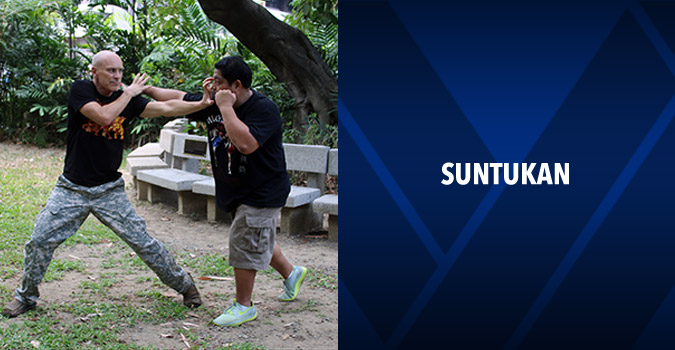
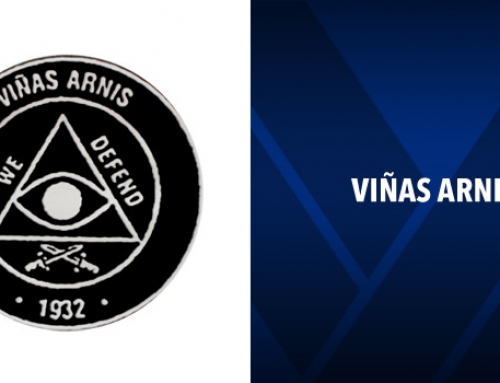
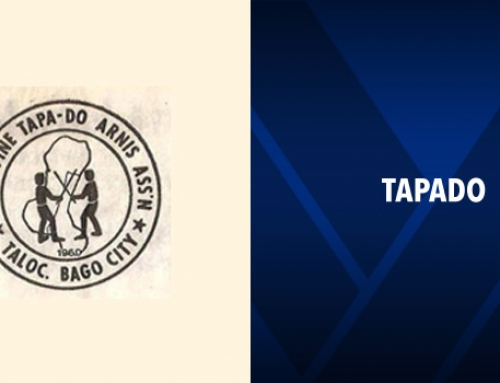
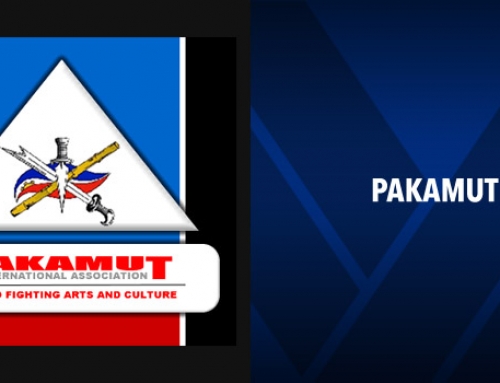


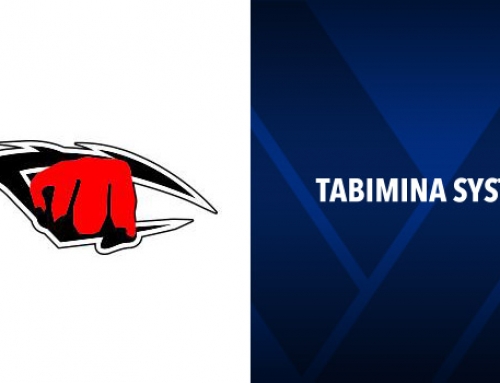

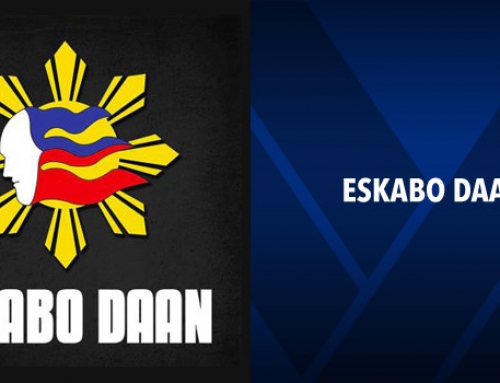
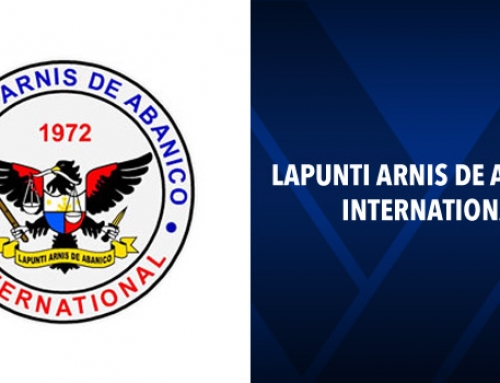
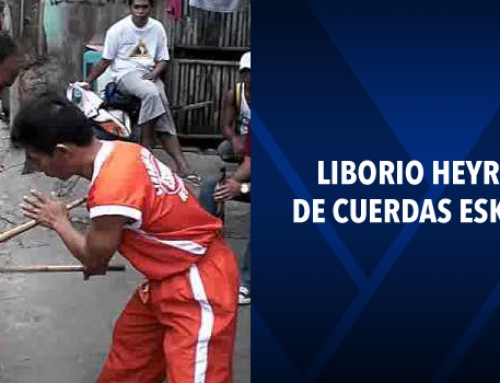

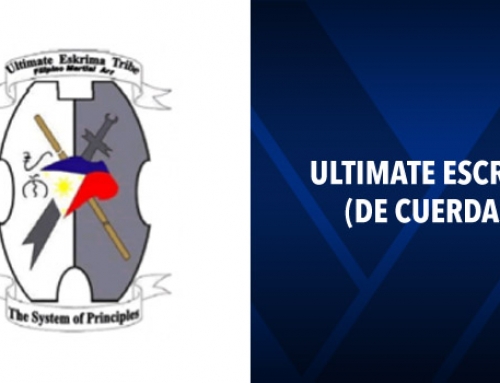



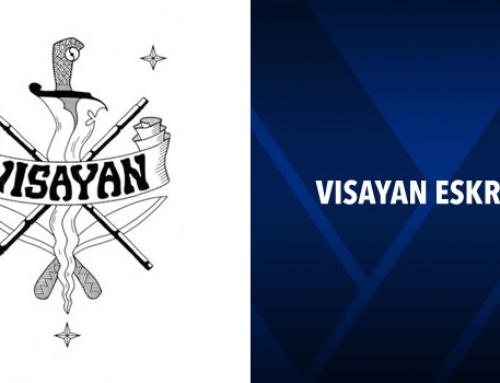


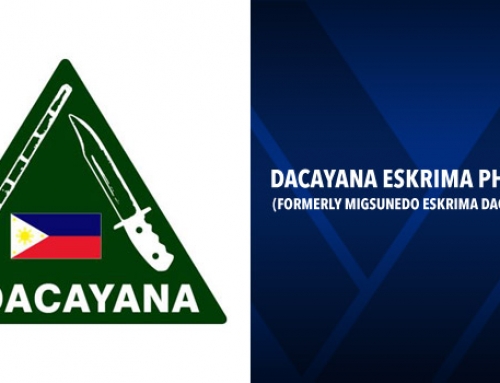
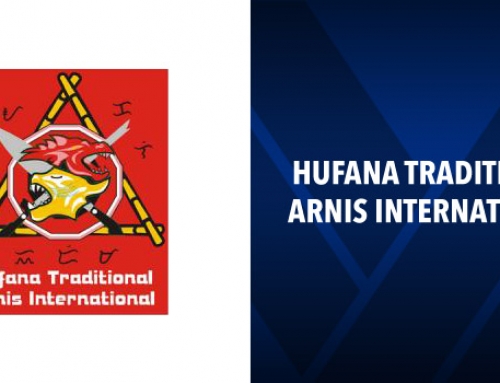
Leave A Comment
You must be logged in to post a comment.